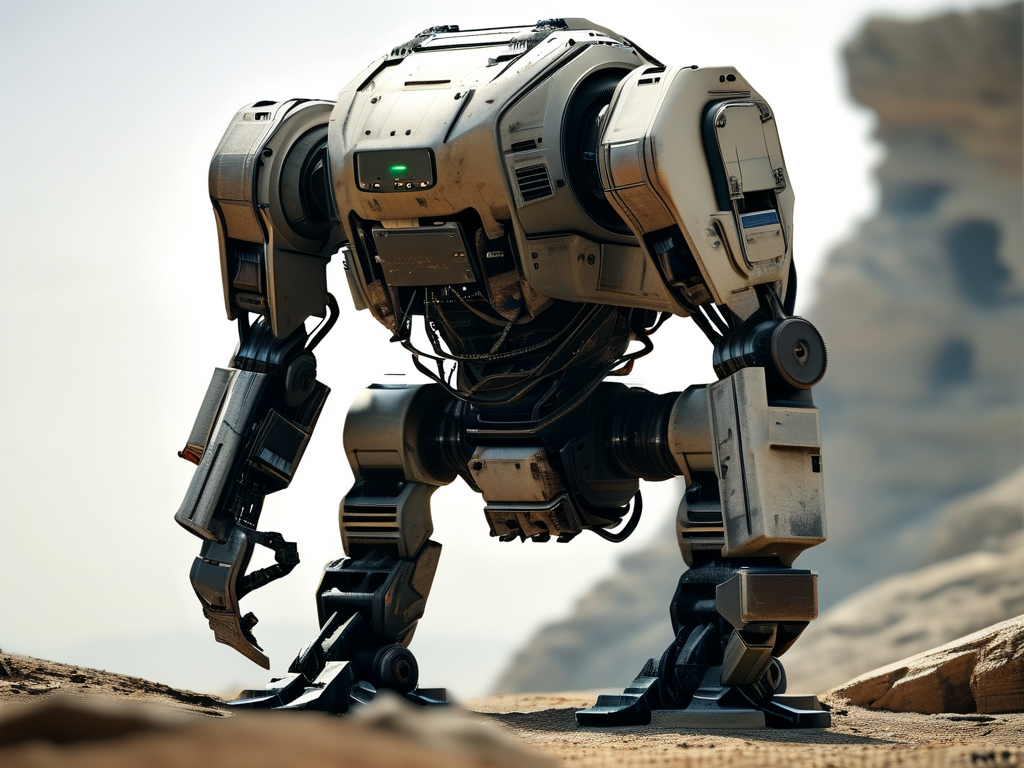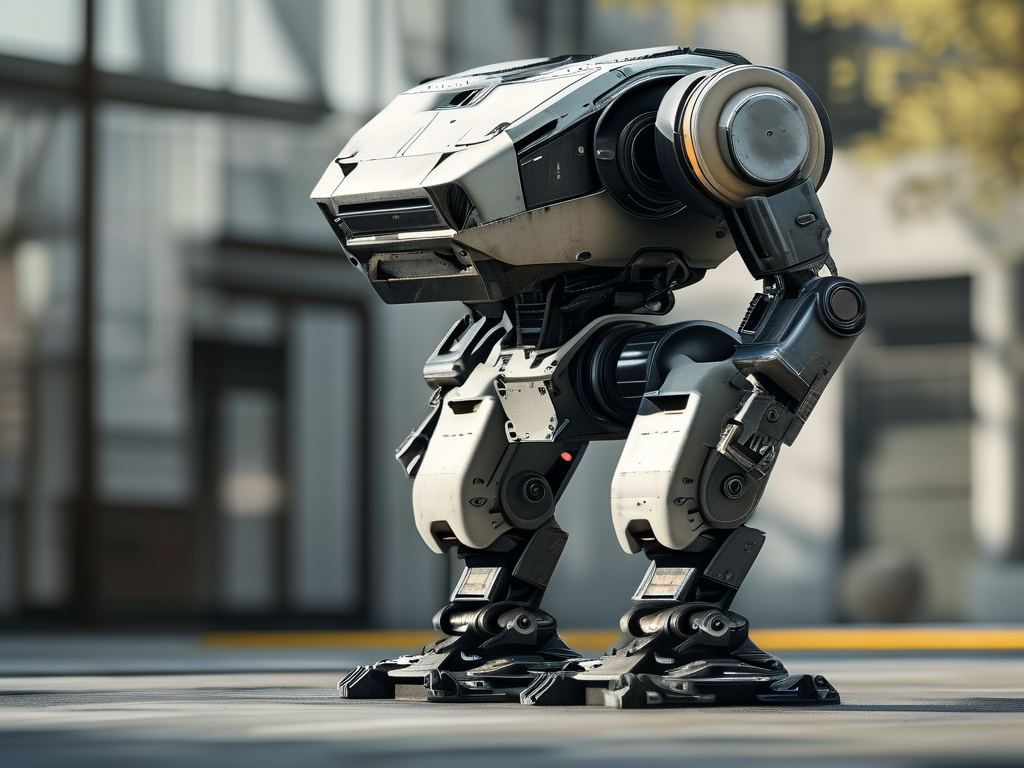The rapid advancement of military robotics has sparked both fascination and concern in global defense circles. While autonomous systems promise to revolutionize warfare, significant technical bottlenecks hinder their full deployment. This article explores the critical challenges limiting the development of warfighting robots and analyzes potential solutions reshaping the future of combat technology.

Power Efficiency and Endurance Limitations
One of the most persistent hurdles lies in energy systems. Modern combat robots require immense power to operate advanced sensors, weapons systems, and mobility components. Current battery technologies struggle to meet the dual demands of compact size and prolonged battlefield endurance. A prototype quadruped robot deployed in recent field tests, for instance, could only maintain peak operational capacity for 90 minutes before requiring recharge—a critical vulnerability in extended engagements.

Researchers are exploring hybrid solutions combining solid-state batteries with micro-turbine generators, but weight constraints remain problematic. The U.S. Defense Advanced Research Projects Agency (DARPA) recently unveiled a prototype "energy-dense power cell" that claims 40% greater efficiency than conventional lithium-ion systems, though field implementation remains years away.
Cognitive Processing in Dynamic Environments
True autonomy represents the holy grail of military robotics, yet current artificial intelligence systems falter in complex combat scenarios. While robots excel at predefined tasks like perimeter patrol or target tracking, they struggle with the fluid unpredictability of real-world conflicts. During a 2023 NATO exercise, autonomous drone swarms demonstrated alarming tendencies to misclassify civilian infrastructure as hostile targets when confronted with unexpected electromagnetic interference.
Neuroscience-inspired neural networks show promise in enhancing situational awareness. The British Army's Project MINDWARE has developed prototype systems capable of processing 23 distinct environmental variables simultaneously, though ethical concerns about autonomous decision-making persist. As Dr. Elena Voskresenskaya, a robotics ethicist at Geneva Tech, warns: "We're approaching thresholds where machines may make lethal judgments faster than human oversight can intervene."
Sensor Fusion and Environmental Adaptation
Modern battlefields present sensory challenges ranging from urban canyons to desert storms. While individual sensors (LiDAR, thermal imaging, acoustic detection) perform adequately in controlled conditions, integrating multiple data streams into coherent operational intelligence remains problematic. A 2024 study published in Defense Technology Quarterly revealed that 68% of field-tested robots experienced significant performance degradation during sandstorm simulations.
Emerging quantum radar technologies and self-calibrating sensor arrays aim to address these limitations. Lockheed Martin's HADES (Hyper-Accurate Detection and Engagement System) prototype recently demonstrated 90% target recognition accuracy in extreme weather conditions—a 35% improvement over previous models. However, these systems currently require computing payloads too bulky for frontline deployment.
Ethical and Legal Frameworks
Beyond technical constraints, societal acceptance forms an invisible barrier to military robotics adoption. The 2026 Global Security Summit highlighted intense debates about accountability frameworks for autonomous systems. Legal experts emphasize that existing international laws of war lack provisions for AI-driven combat decisions. Japan's recent proposal for a "Layered Responsibility Protocol" attempts to distribute accountability among developers, operators, and command structures, but implementation challenges persist.
Interoperability and Cybersecurity Risks
As military robots evolve into networked systems, compatibility between platforms becomes crucial yet elusive. A Pentagon audit revealed that 43% of U.S. military robotics platforms use proprietary communication protocols incompatible with allied systems. This fragmentation creates vulnerabilities—during last year's Black Hat cybersecurity conference, white-hat hackers demonstrated how to hijack a tank-support robot through its maintenance Wi-Fi interface.
Blockchain-based authentication systems and quantum encryption methods are emerging as potential solutions. South Korea's Defense Acquisition Program Administration recently allocated $200 million to develop unified robotics communication standards, with initial prototypes scheduled for 2027 testing.
Material Science Breakthroughs
The physical demands of combat operations push material capabilities to their limits. While titanium alloys remain standard for armored components, researchers are experimenting with self-healing polymers and metamaterials with adaptive camouflage properties. A collaborative European Union project recently achieved 80% light-bending efficiency in a flexible "invisibility cloak" material—though durability concerns persist under ballistic stress.
The Road Ahead
Addressing these challenges requires unprecedented collaboration between defense contractors, academic institutions, and policy makers. As General Mark Welsh (Ret.) observes: "The next revolution in military affairs won't come from single breakthrough technologies, but from solving the complex interplay of technical and human factors." With global military robotics spending projected to exceed $240 billion by 2030, resolving these bottlenecks will determine whether autonomous systems become force multipliers or expensive liabilities on future battlefields.


